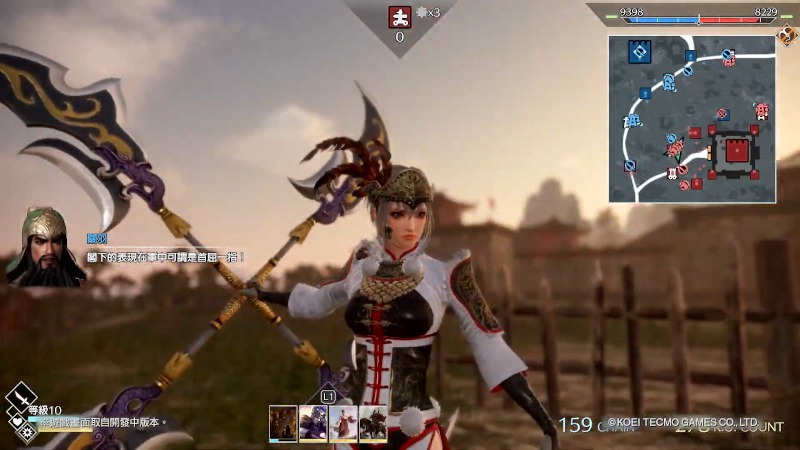

From there you can circle the objective with sub-objectives that range from the simplistic - take a castle or defeat an officer - to the more complex, some of which contain the core of the historical narrative for the given battle, like Zhuge Liang's epic fire attack at Chibi. The setup is serviceable: most battles contain a single key encounter at their center, usually leveled to the degree that it would be difficult to complete at the outset. The basic format is still here, but the battles are now sprawled out across a giant map. As games, they tend to promise what they deliver, which is what made the prospect of genuine change with Dynasty Warriors 9 so interesting.įor years, a Dynasty Warriors game has let you choose an officer and let you live out their story in a series of self-contained battles. It has a cult following and spin-offs both within the framework of the story and without: we not only have games like Dynasty Warriors 8 Extreme Legends, we also have games like Hyrule Warriors, set in the world of Zelda.

It's a button masher, to be sure: most encounters don't really require you use more than the one attack, though a counter system and a few more special moves in this installment adds just a tiny bit more variety.

If that sounds erudite, the game is not: you spend your time slicing through vast hordes of enemy warriors led by absurd caricatures wielding bladed fans and ten-foot long clubs, all of it set to soaring heavy metal. But looking at any individual development choices here can't help but leave me shaking my head.ĭynasty Warriors games are practically a genre of their own: they allow you take control of one of a gigantic roster of officers from the Romance of the Three Kingdoms, a 15th century Chinese novel about the conflict between the empires of Wu, Shu and Wei in the third century. Dynasty Warriors 9, like every game before it, carries with it the core gameplay that makes this series so fundamentally satisfying - for that, and for my sins, I still can't quite put this game down as I slice my way through entire armies with my giant cutlass. There is everything, all of it stripped down or sent sideways to the point where you oftentimes feel little choice but to ignore it all save a moment's gawking. There is fishing, for the love of God, the great warrior Lu Bu taking a moment to catch a carp or whatever. There are watchtowers you can climb to observe the area around you, there is a crafting system, there are sidequests, there is a day/night cycle, there are hidden treasure chests, there are randomly spawning resources, there is asset recycling, there is even a rudimentary stealth system. Dynasty Warriors 9's maximalist approach to open world design echoes the problem at the heart of a game that decided to go open world but can't seem to figure out why, or how.


 0 kommentar(er)
0 kommentar(er)
